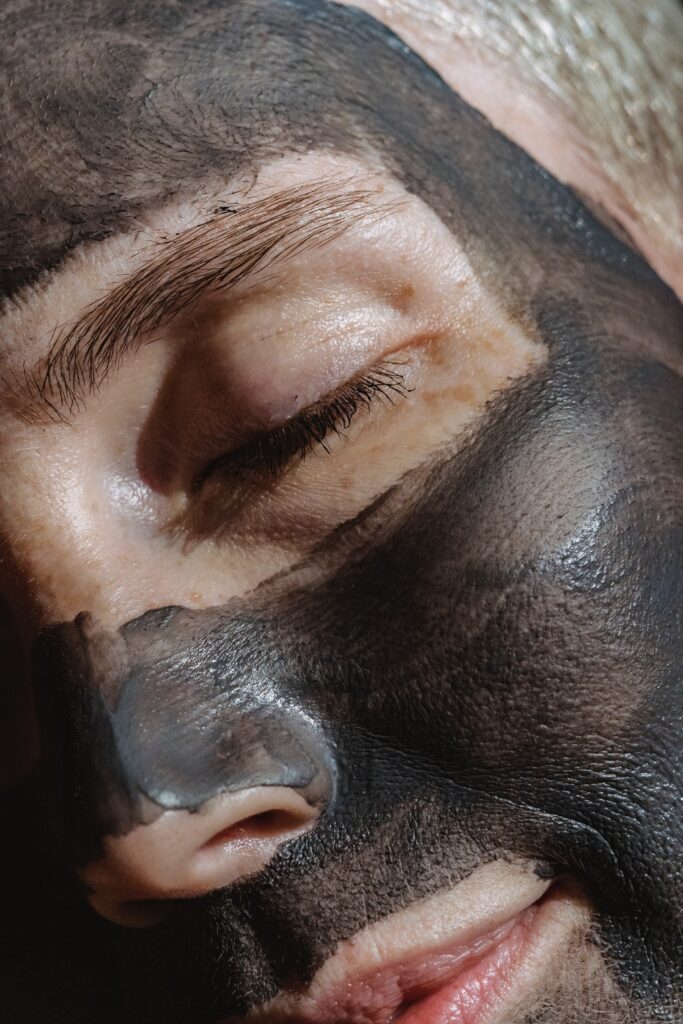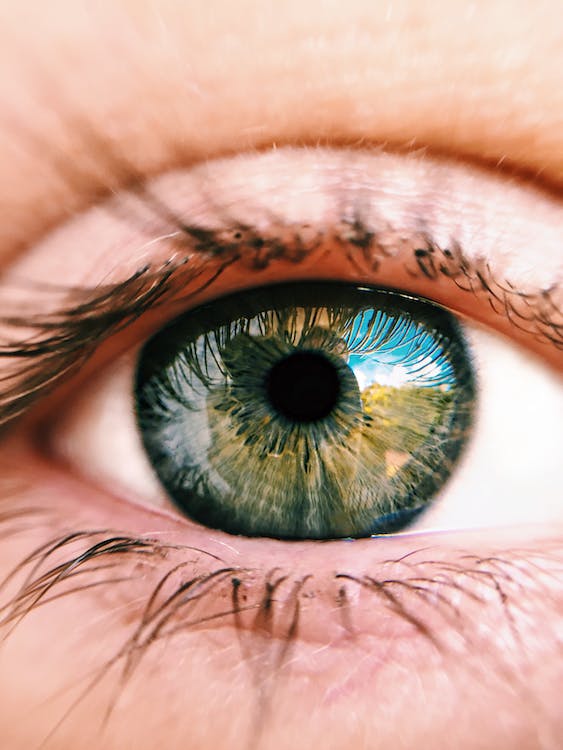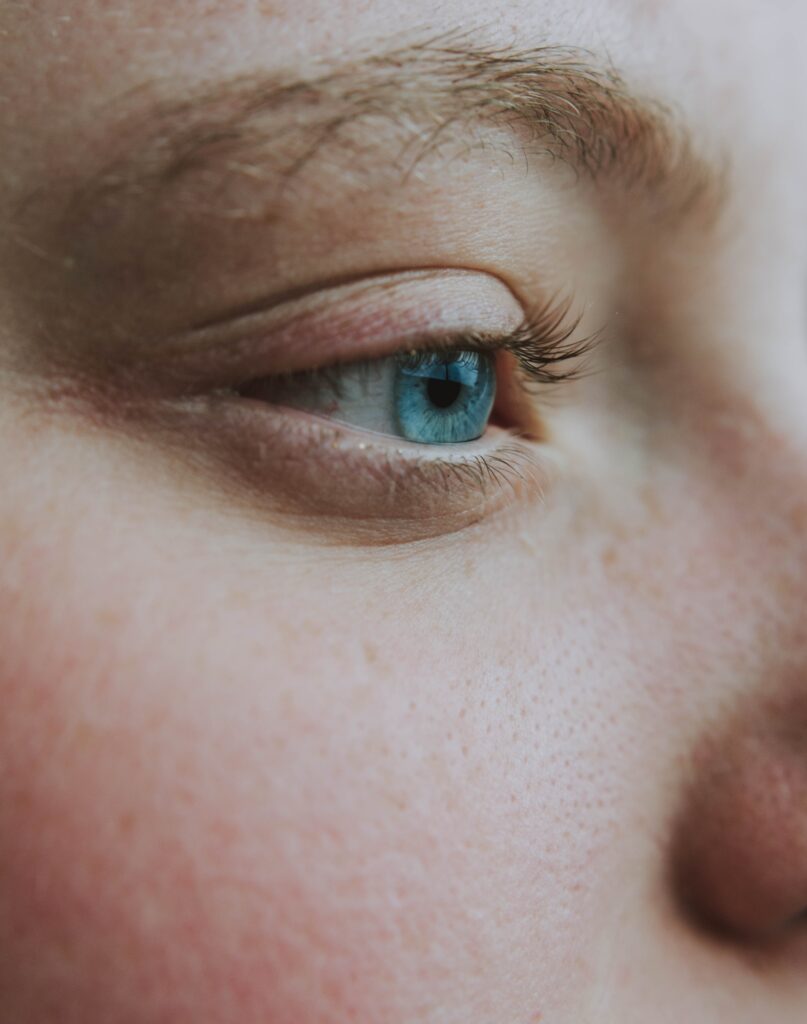Introduction
The variety of human traits is something to be proud of, and there are many different types of beauty. Triple eyelids, which are indicated by the presence of three distinct creases or folds on the upper eyelid, is one unusual trait that some people have. Although having triple eyelids is a natural variety, some people might want to find a means to hide them for psychological reasons. This essay will discuss the characteristics of triple eyelids, their likely causes, various therapies, exercises, and other strategies to solve this issue, and it will come to a conclusion with significant lessons on accepting one’s individual traits.
Understanding Triple eyelids:
The term “triple eyelid” describes an unusual eyelid crease that has three separate layers of skin and tissue on the upper eyelid. Triple eyelids, as opposed to the more typical single or double eyelids, have an extra crease above the double eyelid, giving the eyes a complex and alluring aspect. These variances can be brought on by genetics, aging-related changes, or sporadically by eyelid surgery. Triple eyelids are uncommon, yet they add to the variety of facial features found in humans and are frequently regarded as an interesting and distinguishing feature. It’s important to first examine the most prevalent kinds of eyelid creases in order to better understand the subtleties of triple eyelids:
Variations in Eyelids
- Single Eyelid (Monolid): Individuals with a single eyelid lack a defined crease or fold in their upper eyelids. This gives their eyes a smooth, monolithic appearance.
- Double Eyelid: Double eyelids are characterized by a prominent crease on the upper eyelid, creating a division between the eyelid and the rest of the eye. This type is prevalent in many populations.
- Hooded Eyelid: Hooded eyelids have extra skin that hangs down and partially covers the eyelid crease. Sometimes, this trait might give the eyes a smaller appearance.
- Asian Eyelid: The Asian eyelid, which is typical of people of East Asian heritage, can vary in shape but frequently has a single or undetectable double eyelid crease.
- Triple Eyelid: The upper eyelid of people with triple eyelids has three distinct folds or wrinkles. This is an uncommon type of eyelid. They produce a distinct and alluring eye appearance.
Understanding these different eyelid types helps appreciate the diversity of human beauty and the various characteristics that make each individual’s eyes unique.
On the other hand, triple eyelids have an additional crease that is located above the double eyelid. This added layer of complexity creates a unique and intriguing aesthetic.. Triple eyelid strength can vary greatly from person to person, from mild and hardly perceptible to more severe and obvious.
Causes of Triple Eyelids
There are a number of causes for triple eyelids, including heredity, aging-related changes, and the results in eyelid surgery:
- Genetic Factors: The shape and creases of one’s eyelids are among the physical traits that are strongly influenced by genetics. Family members who have triple eyelids may have acquired this unusual trait. In such circumstances, the trait may be inherited from parents to children and become a distinctive component of the genetic make-up of the family.
- Age-Related Changes: The skin and surrounding tissues of the eyelids change naturally as people age. These changes brought on by ageing may have an effect on the way the eyelids look and perhaps result in triple eyelid development. Multiple eyelid wrinkles can develop as a result of changes in the distribution of fat and the gradual loss of skin elasticity.
- Eyelid Surgery (Blepharoplasty): Blepharoplasty, also referred to as eyelid surgery, is a cosmetic procedure frequently carried out to change the appearance of the eyelids. While a double eyelid crease is typically created or improved during blepharoplasty, triple eyelids can occasionally happen due to complications or surgical mistakes. To get the results you want from eyelid surgery, it’s critical to choose a qualified and experienced surgeon.
- Ethnic and ancestral traits: People of East Asian heritage and other specific ethnic groups are more likely to have triple eyelids. The natural variability in eyelid morphology among various ethnicities, including the existence of many eyelid creases, might be blamed for these variations.
Solutions for Triple Eyelids. If done improperly or if complications arise during the treatment, it might occasionally result in triple eyelids. To prevent unexpected triple eyelids, surgeons must take into account each patient’s specific anatomy and goals.
By highlighting the intricate interplay of genetics, age-related changes, surgical treatments, and ethnic variables in determining this distinctive eyelid feature, understanding these probable explanations sheds light on why some people have triple eyelids.
Treatment

Individuals who have triple eyelids may seek to fix or change their look for a variety of reasons. Whatever path you take—embracing your triple eyelids or looking into potential remedies—it’s critical to put self-acceptance first and seek advice from qualified individuals. Here are a few suggestions and things to think about:
As triple eyelids are a structural aspect of the eyelids, they are usually corrected surgically. Triple eyelids can be treated as follows:
- Consultation with a Specialist: The first step is to make an appointment with a board-certified plastic surgeon with extensive experience or an ophthalmologist with expertise in eyelid surgery. Discuss your concerns and procedure goals during this consultation.
- Anatomy evaluation: To choose the best surgical strategy, the surgeon will carefully examine the anatomy of your eyelids. They will take into account things like the flexibility of your skin, the strength of your eyelid muscles, and the size of your triple eyelid.
- Surgical Options
a) Upper blepharoplasty: Upper blepharoplasty is a typical surgical treatment for treating triple eyelids. In order to achieve the look of having double eyelids, extra skin and fat are removed during this procedure, and the eyelid crease is precisely redefined. The extra crease that is present in triple eyelids might be lessened with this technique.
b) Revision eyelid surgery may be essential if you’ve already had eyelid surgery that left you with triple eyelids. This involved process seeks to improve the appearance of the eyelids and produce the results you want.
- Recovery and Follow up : Following surgery, you will have a period of recovery during which you must abide by the post-operative recommendations of your doctor. This can entail utilizing prescription drugs, keeping the space tidy, and avoiding vigorous activity. It’s imperative to schedule follow-up visits with your surgeon to keep track of your development and guarantee proper healing.
Since eyelid surgery takes dexterity and ability, it is imperative to choose a qualified and experienced surgeon. To get the outcomes you want, be careful to openly communicate your expectations and worries with your surgeon. Remember that there are dangers associated with any surgical operation, therefore choosing to have eyelid surgery should only be done after serious thought and consultation with a skilled professional. Recovery and aftercare: Following surgery, you will have a period of recovery during which you must abide by the post-operative recommendations of your doctor. This can entail utilizing prescription drugs, keeping the space tidy, and avoiding vigorous activity. It’s imperative to schedule follow-up visits with your surgeon to keep track of your development and guarantee proper healing.
Conclusion
In conclusion, triple eyelids are an intriguing and uncommon variant in the architecture of the eyelids. Recognizing triple eyelids’ distinctive traits, potential causes, and the many ways they present in people will help you comprehend them.
These triple eyelids can develop as a result of genetics, aging-related changes, and on occasion, eyelid surgery. Genetics are important because certain families may pass on this specific trait from generation to generation. As people get older, age-related changes include decreased skin elasticity and changes in fat distribution can cause the development of triple eyelids.
It’s also important to recognize the impact of ethnic and ancestry qualities because triple eyelids are more common in some cultures, notably those with East Asian ancestry. These variations in the architecture of the eyelids are evidence of the enormous diversity within the human population. It is vital to put self-acceptance first, regardless of whether one decides to accept their triple eyelids or look into possible changes. Beauty is a personal concept, and what makes people unique and empowered can be a source of pride. Like any other defining characteristic, triple eyelids add to the rich tapestry of human variability and serve as a gentle reminder to value and respect our uniqueness.




